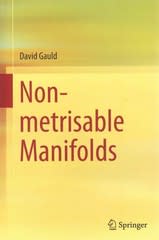Question
Calculus 3 14.4 Reading Assignment: The Chain Rule I am suck with this question. Please help! Question 3: Read the introduction to the subsection Implicit
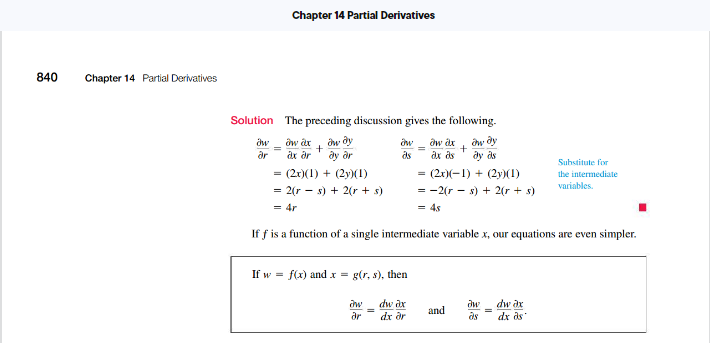
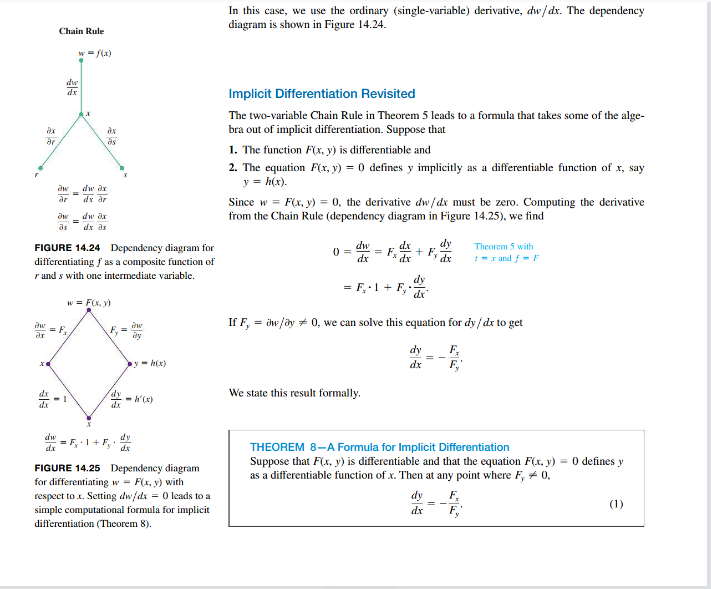
Calculus 3 14.4 Reading Assignment: The Chain Rule
I am suck with this question. Please help!
Question 3: Read the introduction to the subsection "Implicit Differentiation Revisited" (p. 840). Explain where the formula for implicit differentiation (boxed as Theorem 8) comes from. One thing to note about these formulas is that when we rewrite them using the fraction notation for partial derivatives, they will look like fraction cancellation. The minus sign means that the fraction cancellation isn't quite correct, but remembering this idea might help with remembering most of this formula.
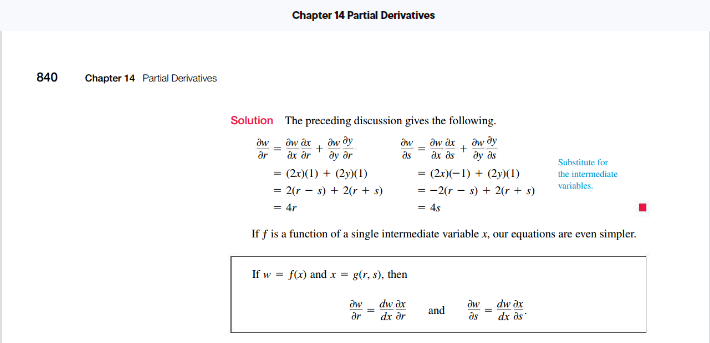
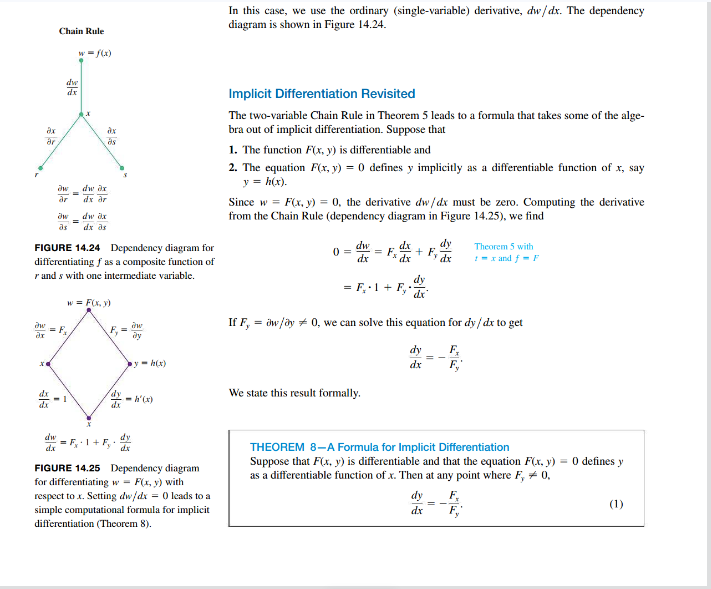
Step by Step Solution
There are 3 Steps involved in it
Step: 1

Get Instant Access to Expert-Tailored Solutions
See step-by-step solutions with expert insights and AI powered tools for academic success
Step: 2

Step: 3

Ace Your Homework with AI
Get the answers you need in no time with our AI-driven, step-by-step assistance
Get Started


